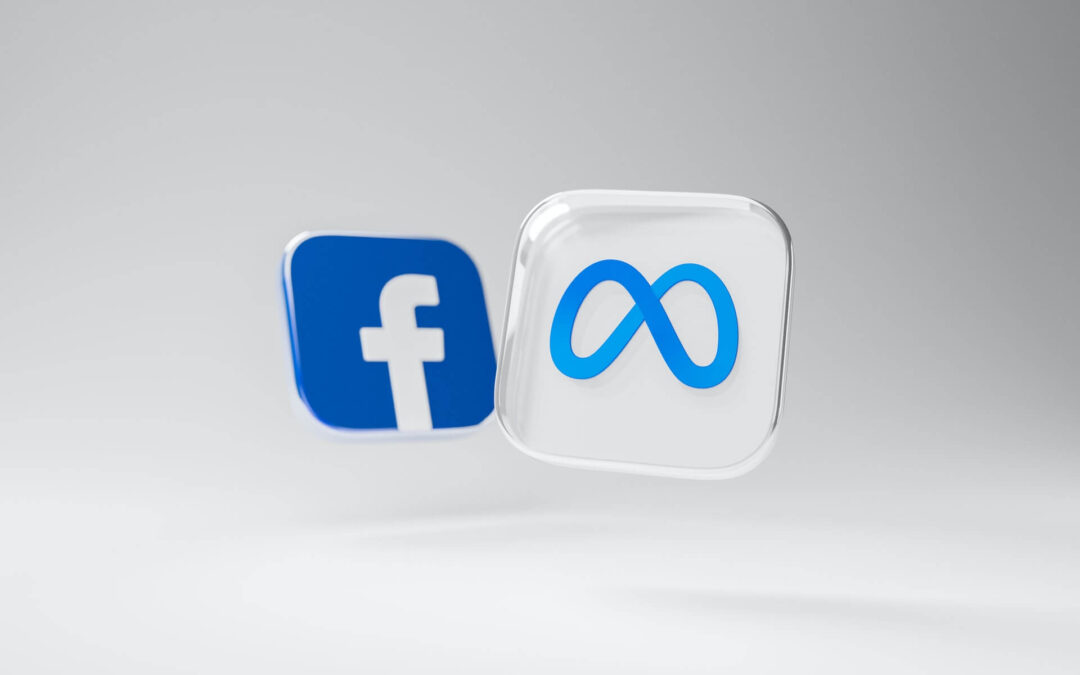Forget market noise. JD’s 2 Sigma Trader is built on 200 years of proven math.
Pepsi: A Quiet, Rational Earnings Setup
Hey everybody, JD here with your Rational Trader Market Analysis daily.
Today I’m looking at Pepsi (PEP) — and specifically, how it’s set up going into tomorrow morning’s earnings report. This one’s a Mean Reversion Cash Machine setup, and it’s a great example of why I like to keep things simple.
What I’m Seeing in the Chart
Over the past couple of weeks, Pepsi has been sliding lower after trading well above its mean in late September. Nothing dramatic, no collapse — just a slow, steady pullback.
That kind of drift happens all the time. When a stock spends too much time stretched away from its average price, the probabilities start tilting toward a return to the mean. In plain English, it means the market got a little too excited, and prices need to cool off before buyers step back in.
So when I see something like Pepsi pulling back a few percent into earnings, I don’t overthink it. I just recognize what it is — the same natural ebb and flow that drives most market cycles.
Why Defensive Stocks Are Cooling Off
There’s also a broader theme here.
Right now, money’s been rushing into AI-related trades and other high-beta (a.k.a. high-volatility) names that grab headlines.
To fund those moves, traders have been rotating out of defensive stocks like Pepsi — the steady, predictable consumer names that people flock to when fear strikes.
But we’re not seeing panic. It’s just rotation. And when those rotations happen, good companies often get left behind for no real reason. Eventually, they catch a bid again and drift back toward equilibrium — back toward their mean.
That’s where we are with Pepsi today.
The Trade Setup
Here’s the trade I like:
- Sell the $135 put
- Buy the $131 put
- Both expire this Friday, October 10.
That’s a defined-risk credit spread, which simply means you’re collecting premium up front selling one put (also called the short put). Your risk is capped by the long put (the put you buy) at a strike price below the one you sell.
In our case, the $135 put is your short put and the $131 put is the long put. The entire structure collects about $1 per contract.
For context, that’s roughly a 3–4% move’s worth of cushion before you even start losing money. If Pepsi holds steady or drifts slightly higher after earnings, this spread expires worthless — our goal — and you keep the premium.
Why It Fits the Cash-Machine Logic
This is classic Mean Reversion Cash Machine trading — small, rational edges repeated over and over.
We’re not betting on Pepsi blowing earnings out of the water. We’re just taking advantage of high probabilities. The stock already reverted from an overbought state, and now the market’s over-adjusted in the other direction. Earnings provide the trigger for that balance to return.
The nice thing about defined-risk trades like this is they’re mechanical, with strict rules and a structure so you don’t have to rely on emotions. You know exactly what you can lose, you know exactly what you can make, and you don’t have to predict the future.
When volatility’s inflated around events like earnings, those probabilities — the math — usually work in your favor.
The Broader Lesson
I say this all the time, but it’s worth repeating: markets don’t stay unbalanced for long. Whether it’s a tech stock, a consumer staple, or an index, price has gravity. It gets pulled back toward fair value.
When you recognize that, you stop chasing hype and start trading reality.
That’s why I like setups like this — simple, disciplined, defined.
We’ll see what Pepsi reports tomorrow morning, but no matter how the numbers come out, this is the kind of trade I’ll take every time: limited risk, rational logic, and a steady edge.
That’s it for today’s analysis. I’ll see you tomorrow.
Talk soon,
JD
The Rational Trader
P.S. Don’t forget to join me on my FREE Telegram channel for faster access to these videos, trade ideas and more.



